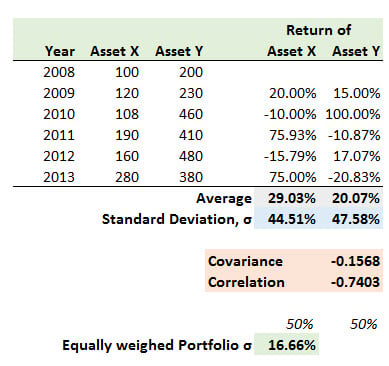hi, please explain related to
Paying fixed in a variance swap on an index and receiving fixed on individual
what does the following statement mean:
If correlation increases, so will the variance. As a consequence, the present value for the variance swap buyer, the
fixed variance swap payer, will increase. This increase is expected to outperform
the potential losses from the short variance swap positions on the individual
components.
Paying fixed in a variance swap on an index and receiving fixed on individual
what does the following statement mean:
If correlation increases, so will the variance. As a consequence, the present value for the variance swap buyer, the
fixed variance swap payer, will increase. This increase is expected to outperform
the potential losses from the short variance swap positions on the individual
components.

